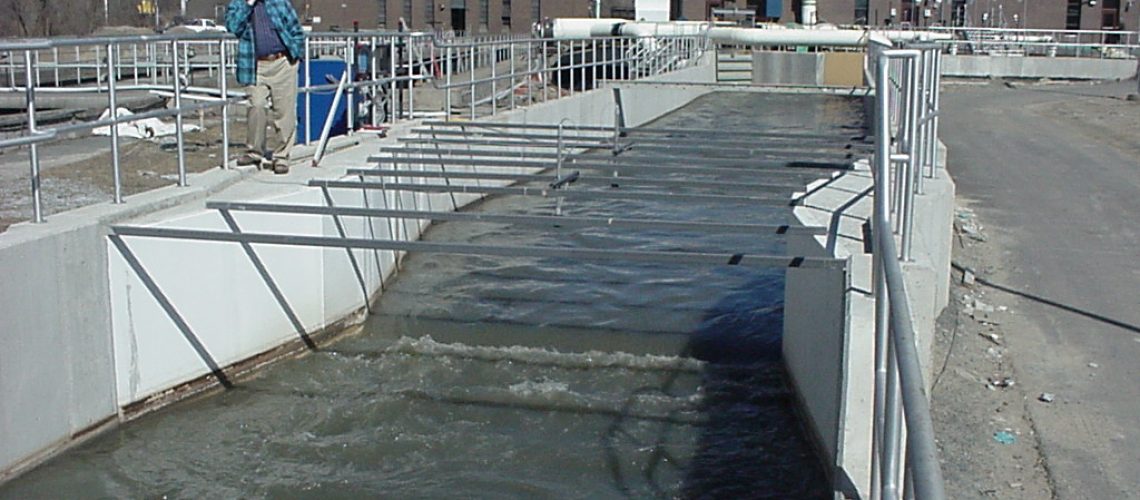Parshall flumes are the most common and widely used flume style in the world, and that’s no accident. It has more than a century of research, so the equations are reliable, and the design has been widely standardized. To get the most out of your Parshall, however, you’ll need to know how to measure it properly. Learn how to measure with a Parshall flume, and discover how easy the process can be.
Perform an Inspection
Every time you need to take a measurement using your Parshall flume, you should inspect the site and the flume itself first. If something is wrong with the flow itself, it won’t do you much good to take a measurement. Your first step should be examining the upstream and downstream conditions. Make sure there aren’t any obstructions or debris that have fallen in, and ensure that the downstream isn’t causing the water to back up and slowly submerge the flume.
During your inspection, be sure to look at the flow itself rather than just the flow channel. If the flow looks disturbed rather than tranquil, that could be a serious problem. Without an even velocity profile, your flow will likely be turbulent, and that will throw off all your measurements. Keep in mind as well that submergence isn’t always as easy to spot as simply seeing that your flume is underwater. You’ll want to look closer at the downstream conditions.
Find the Right Point of Measurement
Before you can make your measurement, you’ll need to make sure you’re measuring at the right point. Fortunately, the Parshall design makes it easy to check whether or not you’re at the right spot. Even if you have a staff gauge or ultrasonic sensor already installed, you’ll want to make sure they’re still at the right spot before taking your measurement.
The point of measurement for Parshall flumes depends on their size. From the small 1-inch Parshall to the 96-inch Parshall, the point of measurement is ⅔ of the distance from the back of the throat to the end of the approach section. If you have a Parshall flume that’s larger than 96 inches, however, that point will be a bit closer to the throat itself.
Measure the Water Level
Once you’ve ensured the condition of your flow and the correct point of measurement, you can finally measure the water level itself. The actual measuring process depends on what kind of measurement device you have installed. An ultrasonic flow meter will give you a reading of what the surface level is provided you installed the tool correctly. If you have a staff gauge, you just have to read the indicated level.
Keep in mind that staff gauges aren’t always so easy to read. You’ll need to make sure you’ve got a good angle for reading, or you may get altered results. Additionally, it’s common for debris and biological growth to build upon the staff gauge. This can potentially obscure the markers, so you’ll want to keep your gauge clean.
Parshall Flumes from Tracom
With how to measure your open channel flow with a Parshall flume in mind, it’s time to get your hands on one. At Tracom, you’ll find a wide array of Parshall flumes, but that’s just the beginning. You can also work with our team to create a custom flume to exact your open channel flow conditions. Contact us today to learn more!



